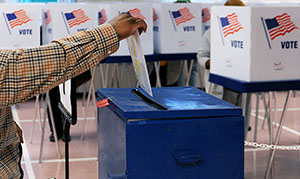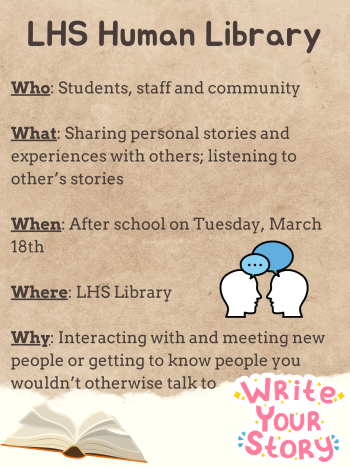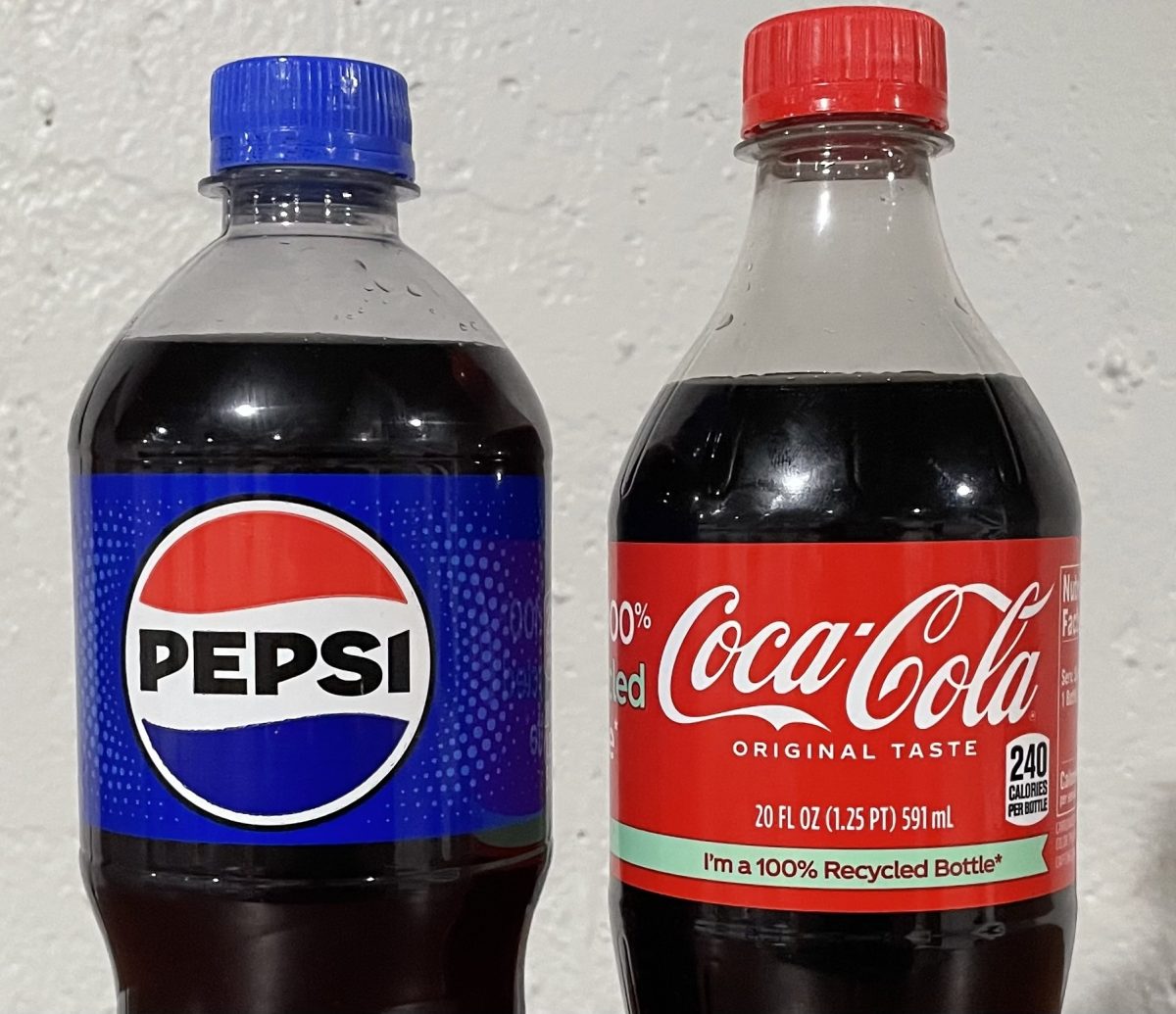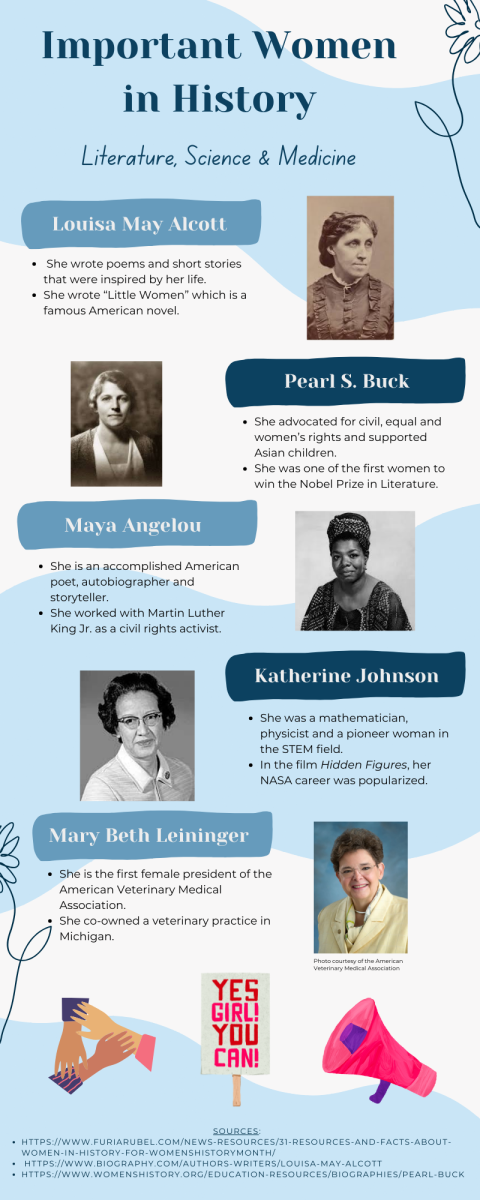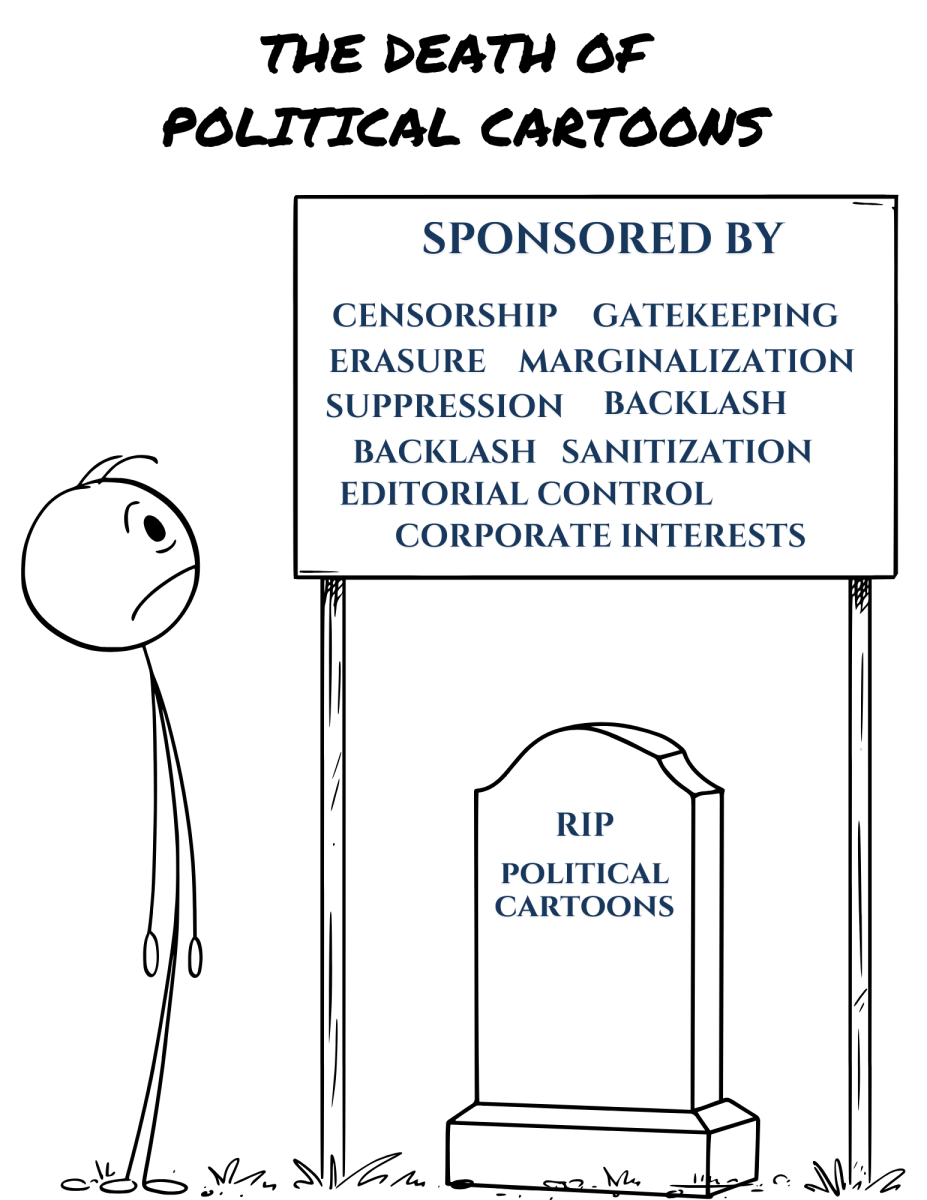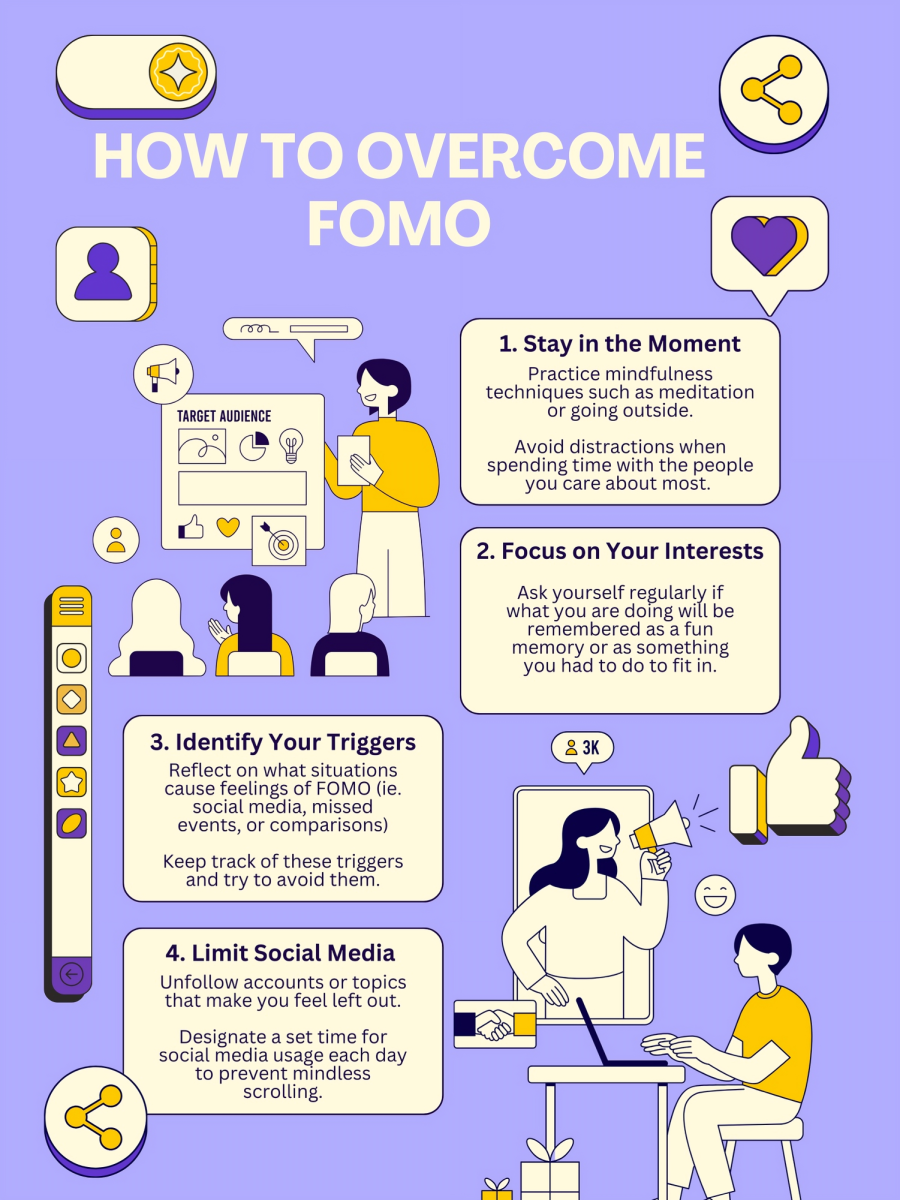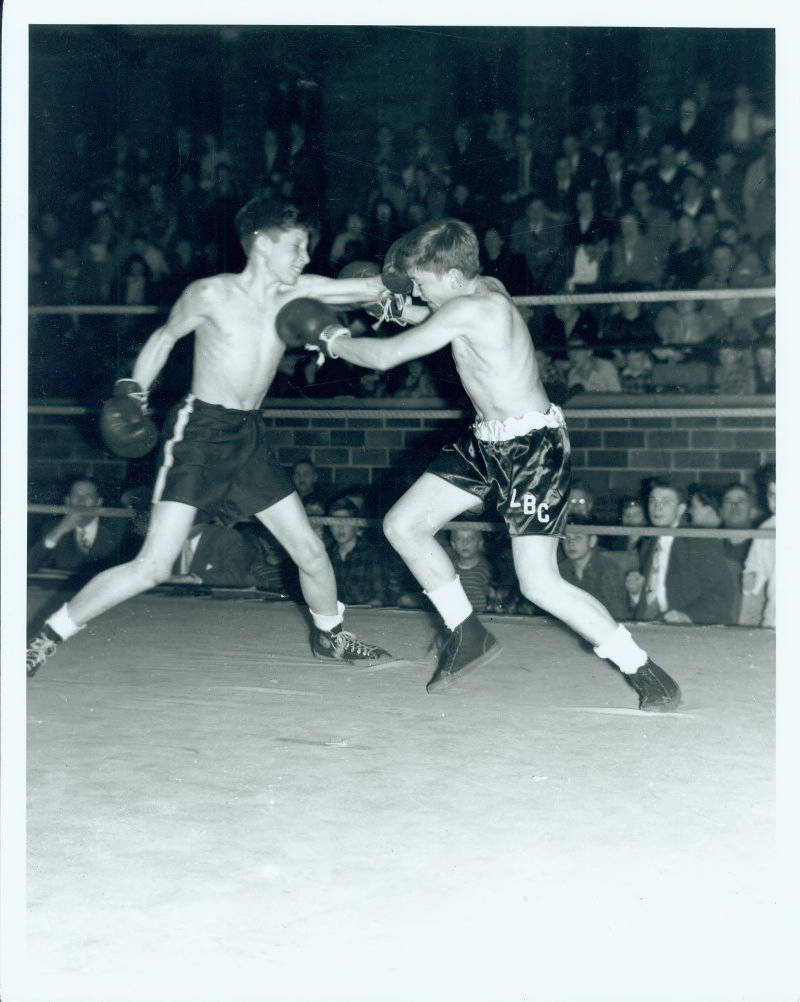The two major parties in the United States –the Democratic Party and the Republican Party– will compete for the votes of Americans on November 4, 2016, but before that occurs, each party must select its candidate in a set of grueling primaries that will determine which candidate will represent their political party in the general election.
In the Republican faction, Senator Ted Cruz from Texas has announced his candidacy for the nation’s highest office. He kicked off his campaign at Liberty University, appealing to the evangelical base, by prompting students — who were forced to attend the assembly or suffer a $10 fine — to imagine a United States where conservative ideology would permeate all aspects of a Cruz presidency.
Hoping to shut down his rivals’ chances of obtaining the White House, Senator Rand Paul from Kentucky declared his intentions to run for the presidency, calling for a United States that reverted back to limited government and personal liberties. Both politicians have a rich history of standing next to each other on issues ranging from social policy to domestic affairs. However, Paul is notable for his more libertarian streak and his restrained view on foreign intervention, especially in the Middle East.
Joining the collection of young, freshmen, Tea Party-senators is Marco Rubio; of Hispanic descent, the senator from Florida has divulged that he too will pursue the presidency. Rubio’s ethnic background — he’s Cuban — could help smoothen the party’s image in regards to the Hispanic vote, which has shifted to overwhelming support for the Democratic Party, making him a viable candidate in the national election.
Other potential Republican candidates include Scott Walker, governor of Wisconsin; Jeb Bush, former governor of Florida; Chris Christie, governor of New Jersey; Mike Huckabee, former governor of Arkansas; Bobby Jindal, governor of Louisiana; and Carly Fiorina, a former CEO of Hewlett-Packard. None have yet declared, but the majority are expected to announce soon in order to prepare a legitimate campaign with the adequate financial backing of major donors and support of fellow party members.
Compared to 2012, the Republican Party is full of new faces, attempting to offer a fresh, young alternative that can defeat the eventual Democratic nominee. Nonetheless, political analysts and pundits agree that next year’s primaries will be fiercely competitive, leaving the nomination for the taking of any candidate.
“The Republicans are going to beat the heck out of each other…are they going to come out of that process so beaten up … having to go through a competitive primary? They may come out really bloody and bruised, whoever the candidate is, it’s going to be really competitive,” stated Mr. Dennis Duffy, a government teacher at LHS.
The same cannot be said about the Democratic Party. One name rings loud and clear throughout the country: Hillary Rodham Clinton. The former first lady, senator from New York, and secretary of state, released a video earlier this month, presenting a diverse collection of people, in what will become the theme of her campaign: fighting for the middle class and reducing income inequality. The momentum behind her candidacy is impressive; with universal name recognition, strong support amongst women and minorities, and with arguably no significant challengers in the primary, Clinton stands as the most obvious choice for the Democratic nomination.
However, critics point out that the Clinton is too disconnected with the average American — a caricature she has refuted several times. At the same time, former governor of Maryland, Martin O’Malley, and current vice president Joe Biden, are still deciding whether they will attempt to challenge the Clinton machine and run for president.
For the politicians that have their eyes set on the Oval Office, the battle for the presidency has begun; for registered voters, a choice has emerged. Candidates will rely on their financial backbone to publicize their names and disperse their ideas, but most importantly will be their ability to whip up votes in key states across the union. Before any campaign gains enough traction to win a presidential election, it must first build momentum, and that’s where voter turnout comes to play; because after all the ads have come off the air, the debates come to a close, and the polls are finalized, it’ll be the voices of those who show up to the ballot box that count.
“If voter turnout increased, I think there’d be a lot more transparency in the government. We had the lowest voter turnout for the midterm election since WWII. That was shocking,” voiced Shannon Roche, a first-semester AP government student. ”No one votes because everyone feels like their voice has no impact.”



